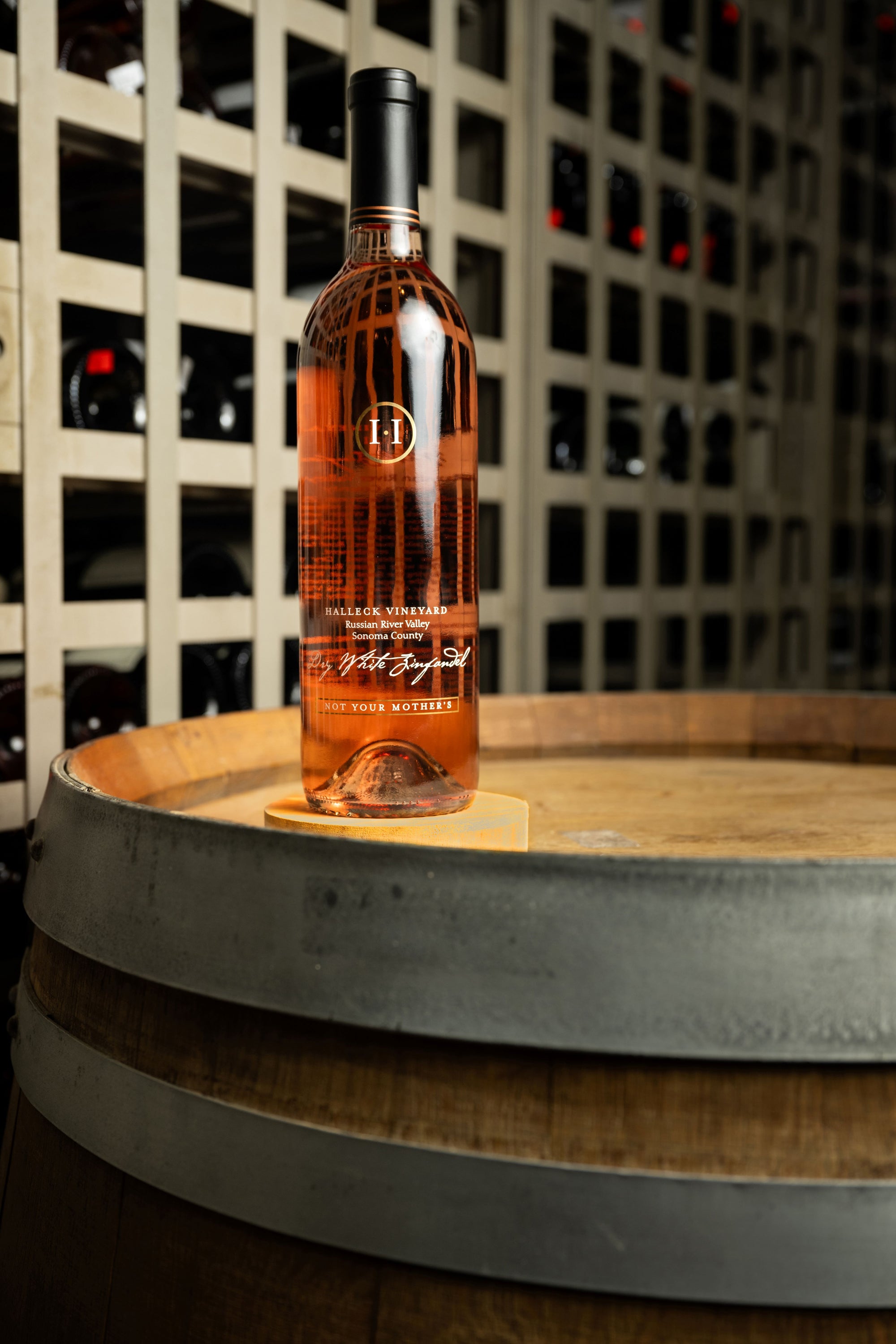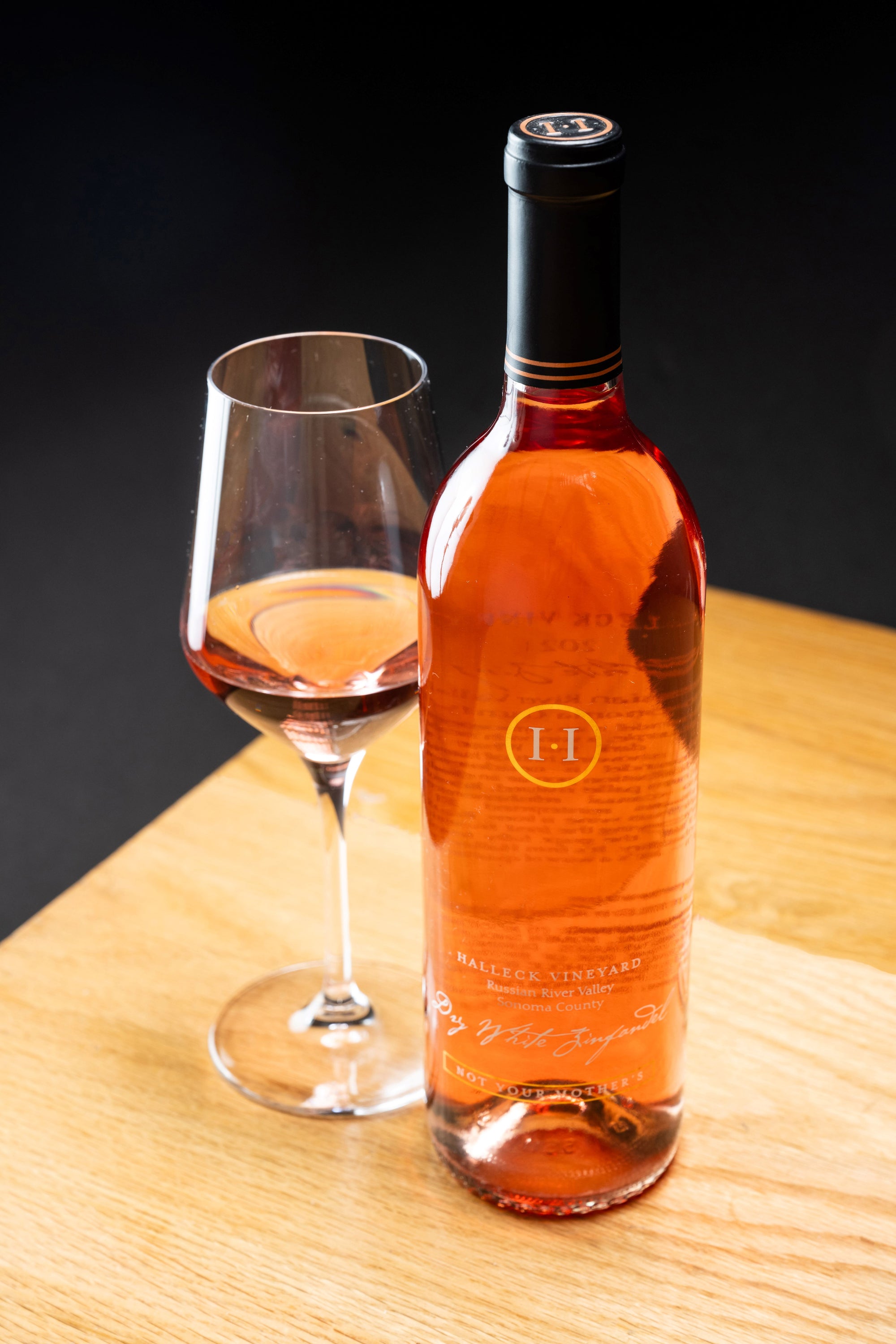Wineries With Artisan Chocolate Pairings In Sonoma - Discovering The Vineyards Of Sonoma County
Wineries With Artisan Chocolate Pairings In Sonoma - Discovering The Vineyards Of Sonoma County
Blog Article
Wineries With River Views - Wineries Near Sebastopol For Tasting
Wine tasting is an art that requires practice and an understanding of varied features concerned in the process. One crucial element of wine tasting is the development and interpretation of tasting notes, which serve as a guide for both novices and seasoned connoisseurs. A Guide To Understanding Winery Wine Tasting Notes can improve your wine-tasting experience, making it extra significant and gratifying.

Tasting notes are concise descriptions that capture the essence of a wine’s flavors, aromas, and general character. Normally composed by professional tasters, winery tasting notes offer insights into the nuances of varied wines. They can help wine enthusiasts understand what to anticipate from a particular bottle. Nevertheless, tasting notes can range widely in style and element primarily based on the writer's experience and palate.
Wineries Specializing In Sparkling Wines - Sonoma Vineyard Tours
When you first strategy a glass of wine, your senses will start to interact instantly. The sight, scent, and taste of the wine will converge to provide you an entire experience. Tasting notes generally start with the visual evaluation, where the colour of the wine is taken under consideration. Color plays a significant position in indicating the wine’s age, grape variety, and even its flavor profile.
After assessing the visible aspect, the subsequent step involves swirling the wine within the glass. This action aerates the wine, permitting its aromas to awaken. Smelling the wine provides crucial insight into its complexity. The preliminary sniff can ship a flood of scents which will embody fruity, floral, herbal, or earthy notes. This is commonly the most subjective a part of tasting, as individual experiences can dramatically differ.
In winery tasting notes, descriptors are often categorized into major, secondary, and tertiary aromas. Primary aromas normally stem from the grape variety, secondary aromas derive from fermentation processes, and tertiary aromas arise from growing older. Understanding these classes can help you respect the depth of a wine, and they also provide the vocabulary to express your experience higher.
Wineries With Locally Sourced Food Options - Sonoma Valley Vineyards And Wine Tasting
Following the olfactory encounter, your focus will shift to the taste of the wine. This is where the first characteristics—sweetness, acidity, tannins, alcohol—come into play. Tasting notes often detail these flavors in multiple dimensions, together with the preliminary attack on your palate to the lingering finish in your tongue. A high-quality wine will present a harmonious stability between these components.
Whereas tasting, it's important to contemplate the physique of the wine, which could be described as light, medium, or full. The body contributes significantly to your general impression, serving to you think about how the wine pairs with food or whether it stands alone as a sipping wine. Balancing the physique with the opposite traits will present you with a fuller understanding of what the wine has to supply.
The finish of the wine, also known as the aftertaste, is another crucial side usually included in tasting notes. A long, nice end normally indicates the next quality wine, whereas a short or cloying aftertaste could counsel in any other case. Evaluating the finish can supply additional perception into the wine's complexity and distinction.
Understanding the context of winery tasting notes can also be valuable. Tasting notes can present contextual details about the winery's location, local weather, and grape-growing practices. This context provides one other layer of appreciation for the wine, allowing enthusiasts to attach the sensory experience with its origins, thus enhancing the enjoyment further.
Popular Wineries With Outdoor Seating In Sonoma - Celebrated Wineries Around Sebastopol
Many wineries present tasting notes on their web sites or labels, typically written in an approachable yet informative style. Nonetheless, not all winery tasting notes are created equal. Some could additionally be overly technical, while others would possibly prioritize marketing aptitude over insightful evaluation. Studying to navigate these notes can arm you with the data to make knowledgeable choices when deciding on wines.
Taking Part in tastings at wineries can even deepen your understanding of wine tasting notes. Interacting with educated employees may give you a more hands-on method to exploring completely different wines and the language used to explain them. Wineries Known wineries showcasing local art and crafts For Handcrafted Wines. You Will have the opportunity to ask questions, interact in discussions, and potentially refine your palate in real time.
Experimentation is crucial for mastering wine tasting notes. As you pattern totally different wines, attempt making your personal notes. Focus on describing the wine’s colour, aroma, style, and end. Over time, you’ll develop a personal vocabulary that resonates with your sensory experiences. Every note you create will assist refine your palate, permitting you to understand wines at a deeper stage.
Wineries That Offer Dog Friendly Areas - Sebastopol Area Wineries Offering Wine
In conclusion, a Guide To Understanding Winery Wine Tasting Notes offers a comprehensive framework for diving into the world of wines. It equips you with the strategies and language necessary to articulate your experiences. Whether you are a casual drinker or a devoted aficionado, understanding and utilizing tasting notes can profoundly impression your wine journey. This knowledge not solely enhances your enjoyment but also connects you deeply with the wealthy narratives each bottle tells. By embracing this journey, you turn into part of the attractive mosaic of wine tradition, where each sip unveils a brand new story waiting to be found.
- Wine tasting notes typically embody a wide range of sensory descriptions, including aroma, flavor, acidity, physique, and end, permitting tasters to completely respect the wine's characteristics.
- To enhance your understanding, familiarize yourself with common wine terminology such as "tannins," "oakiness," or "terroir," which may help decipher the notes extra successfully.
- A systematic strategy to tasting includes first visually assessing the wine's color and readability, adopted by swirling to launch aromas, then inhaling and describing what you experience.
- Taking notes during tasting can help determine patterns over time, enhancing your palate and making it easier to recall preferences for future choices.
- Don't overlook the influence of food pairings; tasting notes can differ tremendously when a wine is loved with complementary flavors, altering perception and enjoyment.
- Pay attention to the wine’s vintage, as climatic conditions in a given year can considerably have an result on the final product, adding one other layer to the tasting notes.
- Think About the winemaker's style and philosophy, which may shape the wine's profile and impression how its notes evolve with every sip.
- Training with completely different grape varieties can broaden your vocabulary; every kind brings distinctive traits that can improve your capacity to articulate tasting notes successfully.
- Partaking with wine professionals or attending tasting events can provide priceless insights, providing a richer context for understanding personal tasting notes.
- Bear In Mind that tasting is subjective; individual preferences and experiences will shape one’s interpretation of the identical wine, enriching the overall enjoyment of wine exploration.
What are wine tasting notes?
Wine tasting notes are descriptive feedback made by tasters about the look, aroma, taste, and end of a wine. They present an summary of the wine's characteristics and might help customers understand the style and quality of the wine.
Cultural Wine Experiences In Sonoma County - Sonoma County's Best Wine Experiences
Why are tasting notes important when deciding on wine?
Tasting notes can guide you in choosing a wine that suits your palate. They present insights into flavors and aromas, helping you to match wines with food or occasions. Understanding these notes enhances your overall wine experience.
How ought to I read wine tasting notes?
(Unique Wine And Food Pairings In Sonoma)
Wineries Specializing In Sparkling Wines - Discovering Sebastopol's Wineries
When studying click over here wine tasting notes, pay attention to the construction: look for descriptions of colour, aroma, flavor, and end. This will help you grasp the wine's profile and decide if it aligns along with your preferences.
What terms generally appear in wine tasting notes?
Widespread phrases embrace "tannin" (the structure), "acidity" (the crispness), "physique" (the weight), and numerous flavor descriptors like "fruity," "earthy," or "spicy." Familiarizing your self with these terms can deepen your understanding of wine.
Wineries Producing Pinot Noir And Chardonnay - Sonoma Wine Retreats

Can I create my own tasting notes?
Yes! Writing your personal tasting notes can enhance your wine tasting experience. Focus on your observations of taste, aroma, and other sensory traits. This personal practice may help you refine your palate over time.
How do I establish the aromas in wine tasting notes?
Wineries That Offer Barrel Tastings - Sonoma Wine Tasting Adventures
To establish aromas, practice smelling a selection of scents and associating them with wines. Swirl the wine in your glass to release its aromas, then take a moment to breathe in deeply before identifying any outstanding scents.
What is the difference between professional and private wine tasting notes?
Professional tasting notes may use more technical language and particular terminology, whereas personal tasting notes are subjective and replicate individual experiences. Each are useful for understanding and having fun with wine, but personal notes may resonate more together with your unique tastes.
How can tasting notes enhance my wine appreciation?
Wineries With Breathtaking Gardens In Sonoma - Best Wineries For Wine Tasting Sonoma Area
Tasting notes can improve your appreciation by serving to you to grasp and articulate the complexities of wine. They encourage aware tasting and provide a framework for comparing different wines, resulting in a richer enjoyment of the beverage.
Are there any apps or tools to assist with wine tasting notes?
Sure, there are several apps designed to assist customers record and manage their tasting notes. These instruments usually supply options like flavor wheel guides and wine database searches, making it simpler to track your journey through completely different wines. Report this page